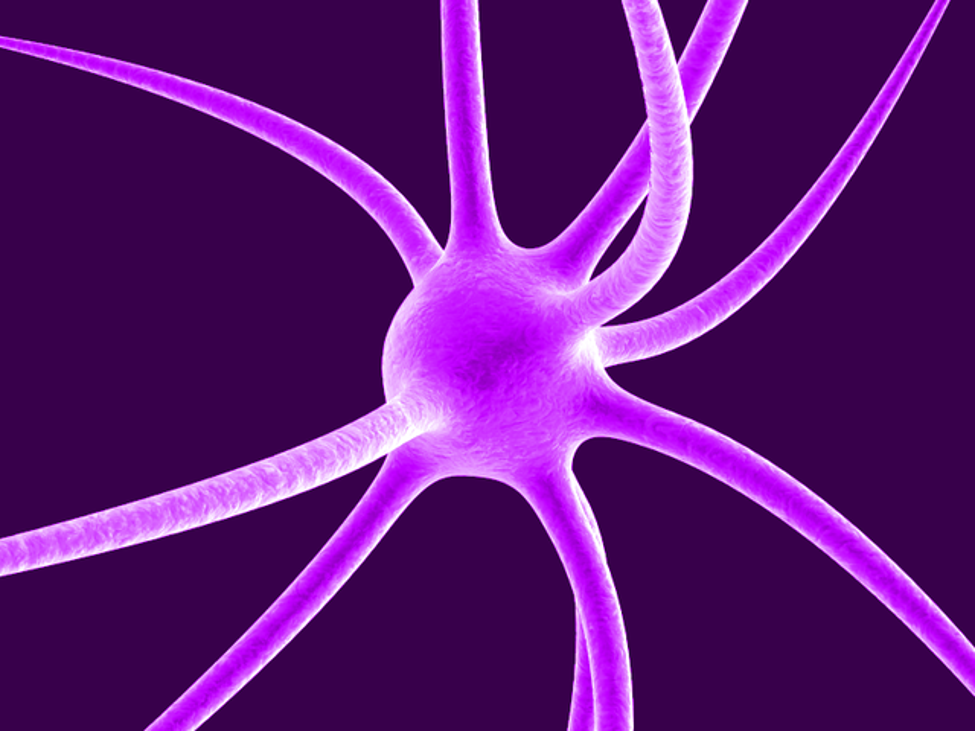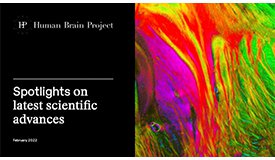- Press Release
New large-scale virtual model of cortex highly successful in solving visual tasks
03 November 2022
HBP researchers have trained a large-scale model of the primary visual cortex of the mouse to solve visual tasks in a highly robust way. The model provides the basis for a new generation of neural network models. Due to their versatility and energy-efficient processing, these models can contribute to advances in neuromorphic computing.
Modeling the brain can have a massive impact on artificial intelligence (AI): since the brain processes images in a much more energy-efficient way than artificial networks, scientists take inspiration from neuroscience to create neural networks that function similarly to the biological ones to significantly save energy.
In that sense, brain-inspired neural networks are likely to have an impact on future technology, by serving as blueprints for visual processing in more energy-efficient neuromorphic hardware. Now, a study by Human Brain Project (HBP) researchers from the Graz University of Technology (Austria) showed how a large data-based model can reproduce a number of the brain’s visual processing capabilities in a versatile and accurate way. The results were published in the journal Science Advances.

With the help of the PCP Pilot Systems at the Jülich Supercomputing Centre, developed in a collaboration between the HBP and the software company Nvidia, the team analysed a biologically detailed large-scale model of the mouse primary visual cortex that can solve multiple visual processing tasks. This model provides the largest integration of anatomical detail and neurophysiological data currently available for the visual cortex area V1, which is the first cortical region to receive and process visual information.
“The groundbreaking aspect of our latest model is that for the first time our brain simulation can perform certain functions - related to vision, in our case,” explains Wolfgang Maass, TU Graz scientist and one of the authors of the paper, along with postdocs Guozhang Chen and Franz Scherr.
The model is built with a different architecture than those of deep neural networks used in current AI, and the researchers found out that it has interesting advantages regarding learning speed and visual processing performance over models that are commonly used for visual processing in AI.
The model was able to solve all five visual tasks presented by the team with high accuracy. For instance, these tasks involved classifying images of hand-written numbers or detecting visual changes in a long sequence of images. Strikingly, the virtual model achieved the same high performance as the brain even when the researchers subjected the model to noise in the images and in the network that it had not encountered during training.
One reason for the superior robustness of the model – or its ability to cope with errors or unexpected input, such as the noise in the images – is that it reproduces several characteristic coding properties of the brain.
Having developed a unique tool for studying brain-style visual processing and neural coding, the authors describe their new model as providing an “unprecedented window into the dynamics of this brain area”.
Text by Helen Mendes
Media Contact
Peter Zekert
Human Brain Project
press@humanbrainproject.eu
Office: 49-246-161-96860
Original Publication:
Chen Guozhang, Franz Scherr & Wolfgang Maass (2022). A data-based large-scale model for primary visual cortex enables brain-like robust and versatile visual processing. Science Advances, DOI: 10.1126/sciadv.abq7592
ABOUT THE HUMAN BRAIN PROJECT
The Human Brain Project (HBP) is the largest brain science project in Europe and stands among the biggest research projects ever funded by the European Union. It is one of the three FET Flagship Projects of the EU. At the interface of neuroscience and information technology, the HBP investigates the brain and its diseases with the help of highly advanced methods from computing, neuroinformatics and artificial intelligence, and drives innovation in fields like brain-inspired computing and neurorobotics. As a lasting contribution to the global science community, the HBP created EBRAINS, an open European research infrastructure that allows scientists and technology experts to seamlessly collaborate, accelerating advancements in the fields of neuroscience, computing and brain-related medicine.
HBP brochure: Spotlights on latest scientific advances

Find the digital version here.
ABOUT EBRAINS
EBRAINS is a new digital research infrastructure, created by the EU-funded Human Brain Project, to foster brain-related research and to help translate the latest scientific discoveries into innovation in medicine and industry, for the benefit of patients and society. It draws on cutting-edge neuroscience and offers an extensive range of brain data sets, a multilevel brain atlas, modelling and simulation tools, easy access to high-performance computing resources and to robotics and neuromorphic platforms.
All academic researchers have open access to EBRAINS’ state-of-the art services. Industry researchers are also very welcome to use the platform under specific agreements. For more information about EBRAINS, please contact us at info@ebrains.eu or visit https://ebrains.eu/.



